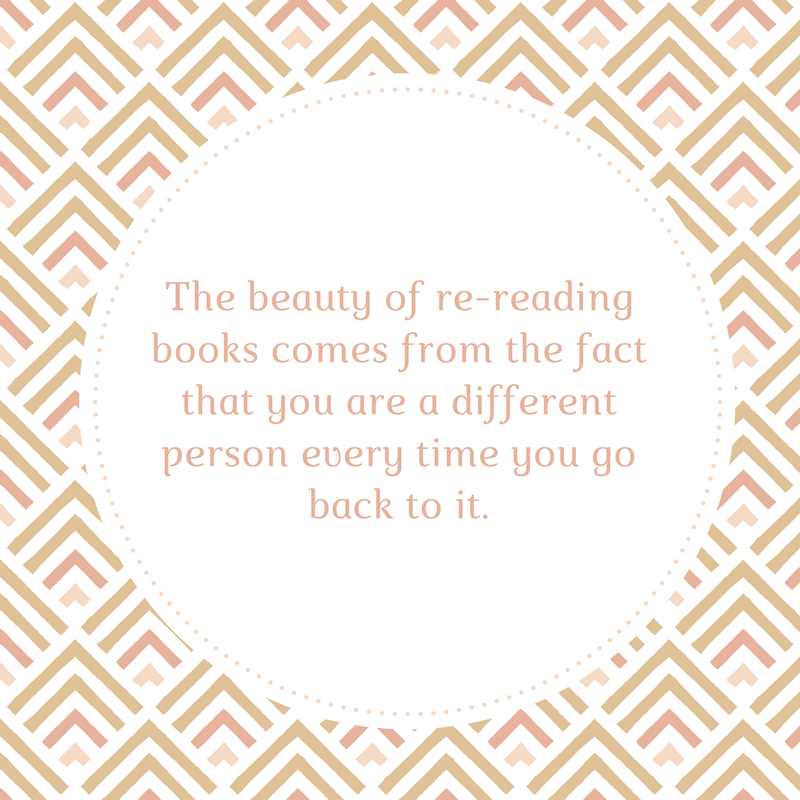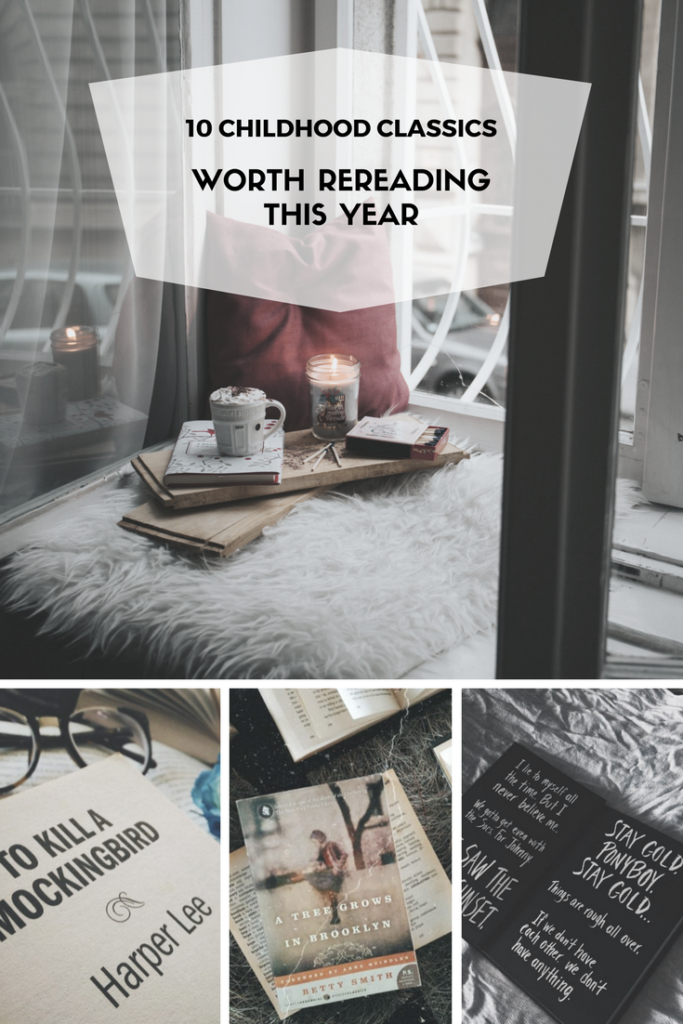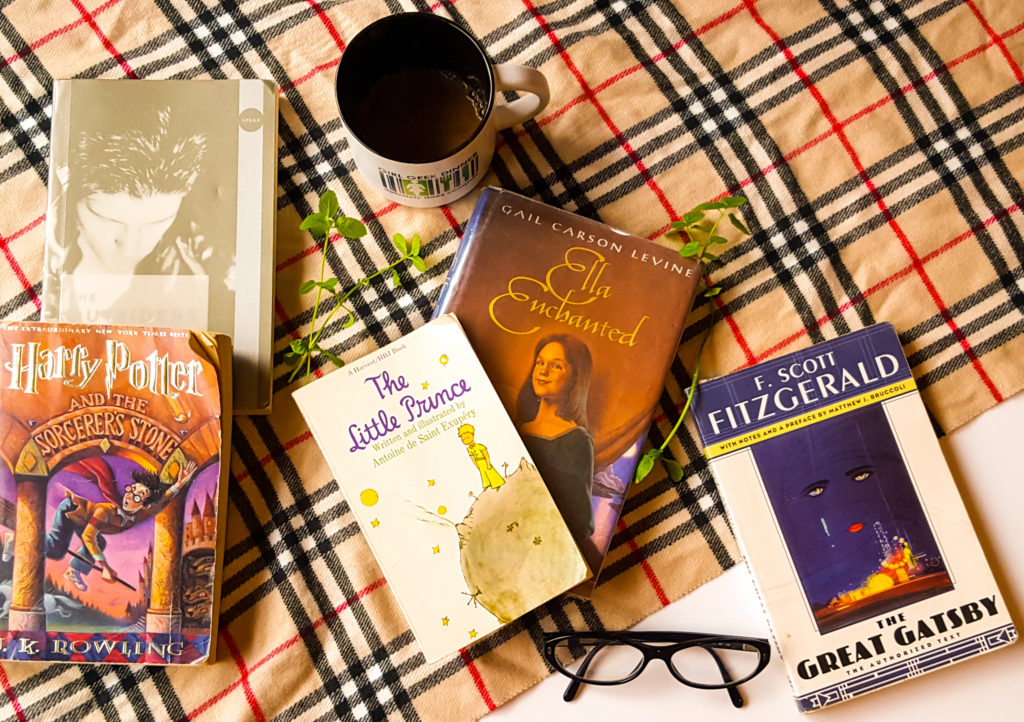There’s nothing more soothing to me than reading books on a rainy afternoon. Throw in a good stack of pillows, fireplace and jumbo marshmallow hot chocolate. I love discovering new ones, but rereading old ones are like catching up with an old friend who hasn’t changed a bit. Sometimes I even remember random lines.
Since I’ve started tutoring with Reading Partners, I’ve rediscovered a whole gang of old “friends” like The Tale of Peter Rabbit, A Little Princess, The Giving Tree, Corduroy, and Stellaluna.

I’ve also stumbled upon some new gems, like the world’s most amazing Chronicles of Narnia pop-up book and one about a lovably plump talking dog called Martha Blah Blah. What can I say, you’re never really too old to enjoy a children’s book.
I love the way that books don’t rotate in popularity as much as movies do. Each generation generally gets to discover the same set of favorites. Mine were The Babysitter’s Club and Sideways Stories from Wayside School. I grew up mostly pre-internet, so I was practically Matilda. I’d sneak books into car rides, secretly read them at church, at recess and at the after school program I went to.
Once you grow up, you can never truly be a kid again no matter how much you may crave a PB&J with applesauce for lunch or to pretend to be sick so you don’t have to go to work. Books are one of those few beautifully consistent things that hold the unique and wonderful ability to transport you into a place of cozily familiar deja vu.
Here are a few diamonds in the rough worth rereading.
1. The Harry Potter Series, J.K. Rowling
I was a preteen at the height of Pottermania, so I caught the rush in all its glory. One of the things I love about Harry Potter is how everyone my age has their own story about how they discovered it and came to love it. I still remember when people would line up at midnight before the release of a new book.
I was lucky enough to have an amazing 6th grade teacher who bought paperback copies of Harry Potter and the Sorcerer’s Stone for each student. That’s how much she wanted us to read it!
There’s not much to be said about Harry Potter that you haven’t heard already, so here’s a great quote by Stephen King summing it up. “Harry Potter is about confronting fears, finding inner strength and doing what is right in the face of adversity. Twilight is about how important it is to have a boyfriend.”
2. A Tree Grows in Brooklyn, Betty Smith
Once upon a time in Williamsburg…
Nope, this book isn’t about soy lattes or skinny jeans. It reads as a very modern book despite being published in 1943. Francie Nolans exist in every decade in every city. In my mind, we’ve all been Francie for a minimum of five minutes, regardless of gender, class or personality. Life is hard and fun and confusing all at once for everybody at some point.
A Tree Grows in Brooklyn follows Francie from ages 11-17 as she’s raised in an impoverished family and becomes an adult. Along the way, she learns some very hard lessons concerning death, heartbreak and family ties.
3. The Outsiders, S.E. Hinton
Need a haircut, Greaser? Out of all the books I had to read in school, The Outsiders is the most romanticized to me. The time, place and characters lend a well-crafted narrative to the overlaps of rich vs. poor in a small town where two gangs face off after the main character, Ponyboy, gets jumped.
Insert drive-in movie flirtation, talk of sunsets, a bit of poetry, some “tuff” looking cars, two runaways and of course, a rumble and you’ve got yourself a coming of age experience. What’s remarkable is that the book itself was written by a teenager, who breathes some all-too-honest qualities into her fictional would-be classmates. And the movie is so damn good.
4. To Kill a Mockingbird, Harper Lee
Many associate this book with its strong moral underpinnings and themes about justice, but I find the slight nuances between all the characters to be the best part. Scout is the perfect protagonist. It’s refreshing to see a controversial incident through the eyes of an innocent child, especially in the hot-blooded Deep South.
Atticus Finch is the kind of parent we all wish we had, and the kind of person we’d like to be. He’s also shining example of a literary character.
5. The Great Gatsby, F. Scott Fitzgerald
This book was meant to be a commentary on the Lost Generation of the 1920s, but it’s beautiful in that it examines life on so many levels. It’s like one man’s American Dream tripped on a beautiful but vapid girl and went terribly wrong.
The story is narrated by Nick Caraway, who befriends his wealthy, mysterious neighbor Jay Gatsby. It turns out Gatsby was obsessed with Nick’s cousin Daisy years ago and went about earning a fortune in hopes that he could someday win her back, despite the fact that she’s married. Cue drama and a tragic ending.
The book also says a lot about human nature, society and how easily a person’s kindness can be taken for granted.

6. The Little Prince, Antoine de Saint-Exupery
Le Petit Prince, as it was originally called, is a very short book on life for adults that poses as a children’s book. It’s remarkably quotable for such a sliver of a book.
Like Peter and Wendy, a lot of its undertones are about the thing we lose when we grow up. In it, the narrator crashes his plane in the Sahara and meets a young boy who turns out to be a prince. The prince describes to him how he once fell in love with a rose before traveling on to explore other planets. He and the narrator have many discussions about the mundane, dull nature of being an adult.
7. Matilda, Roald Dahl
Honestly, any Roald Dahl book fits the bill here. They’re all wonderfully whimsical tales that captivate the imagination no matter how implausible they may seem. Dahl often said his secret recipe for success was hit pitting of children against adults, which is why his tales were incredibly validating for kids – it’s harder to be one than we may remember!
This is certainly the case in Matilda, a book about a tiny bookworm of a girl who lives with her dimwitted family. The book also serves as a lens that celebrates several classic novels including Pride and Prejudice, Grapes of Wrath and The Secret Garden.
Does anyone think of Ben Stiller saying “Matilda” as Zoolander when they see this name written down? Just me? Okay. Also, here’s a great list of reasons why Matilda is a wonderful role model for girls who like to read.
8. The Adventures of Tom Sawyer, Mark Twain
Along with fellow listers The Great Gatsby and To Kill a Mockingbird, The Adventures of Tom Sawyer is often considered a contender for the coveted Great American Novel title. Who wouldn’t relish in an afternoon of wayfaring adventures written in Mark Twain’s witty voice?
Tom himself is a charismatic, memorable character. This book shares the society-through-the-lens-of-a-child point of view shared by To Kill a Mockingbird.
9. Peter and Wendy, J.M. Barrie
Peter Pan is one of the most well-known characters in literature. He’s appeared in several incarnations of J.M. Barrie’s work, but the most “official” are the 1908 play and 1911 novel Peter and Wendy.
Like A Tree Grows in Brooklyn, Peter Pan reads with language as fresh as a contemporary novel despite being published in 1911. Peter’s vanity and Tinkerbell’s sass come through just as they do in film.
The novel reads like a walk down memory lane, with snappy dialog and standout lines from the boy who wouldn’t grow up. Ultimately it’s an adventure that winds down into a farewell to childhood in the same gentle and soothing manner with which a parent would tuck a child into bed. There are few things more longing than witnessing Peter Pan, in print, coming back to discover his friend Wendy has grown up after all and cannot return to Neverland with him.
10. The Giver, Lois Lowry
The Giver is sort of a gentle introduction to the dark side of humanity. In the book, 12-year-old Jonas lives in utopian-turned-dytopian society called the Community. He’s designated to bear the weight of all memories, including the ones the people in his community can’t experience themselves.
This includes wonderful things like snow and colors, but as he continues to receive memories from the existing Giver, he’s also horrified to learn of things like war and starvation. Ultimately, Jonas realizes it’s on him to return the memories to the people by leaving the Community. His fate is left up to the reader’s interpretation – the ultimate cliffhanger.
11. Black Beauty, Anna Sewell
This book will always have a special place in my heart. It’s life from the point of view from a horse, who experiences many owners in his long lifetime. Sometimes life is very good, sometimes it’s downright awful.
Author Anna Sewell died only five months after this book was published to immense commercial success. Its legacy has lived on for horse lovers, animal rights activists, and young readers alike. It was a crucial piece of literature in reform for the treatment of work horses in both the United States and the United Kingdom.

Loved these. Some of them I have never even read. Others (like #4 & #8) have been on my list of re-reads for too long. Thank you for the reminder. I’m doing a ‘year of reading slowly’, where I picked the next 12 books (over the next 12 months), but I am so tempted to read more or stray from the list. I especially want to add Harry Potter. That’s not even a re-read. I’ve never read it! Imagine! LOL
Thank you for this great list. It’s inspiring and just thinking about some of these brings back memories.
12 books a year is the perfect number in my opinion, Alicia-Joy! Wow, you’re going to have so much fun reading Harry Potter. Thanks for commenting!